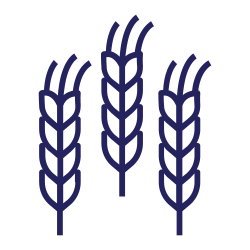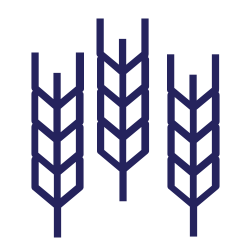« Return to all Production Resources
Section Title
Factsheet: Quality of Spring Wheat Treated With a Plant Growth Regulator
- Wheat
Plant growth regulators (PGRs) are a crop protection product used to reduce plant height and improve standability in wheat. While PGRs have been tested to ensure they do not compromise agronomics or disease resistance, minimal testing has been completed to determine the effect PGRs have on the quality of wheat and flour. The objective of this study was to assess the quality of wheat, flour and end-products of spring wheat varieties treated with a PGR.









